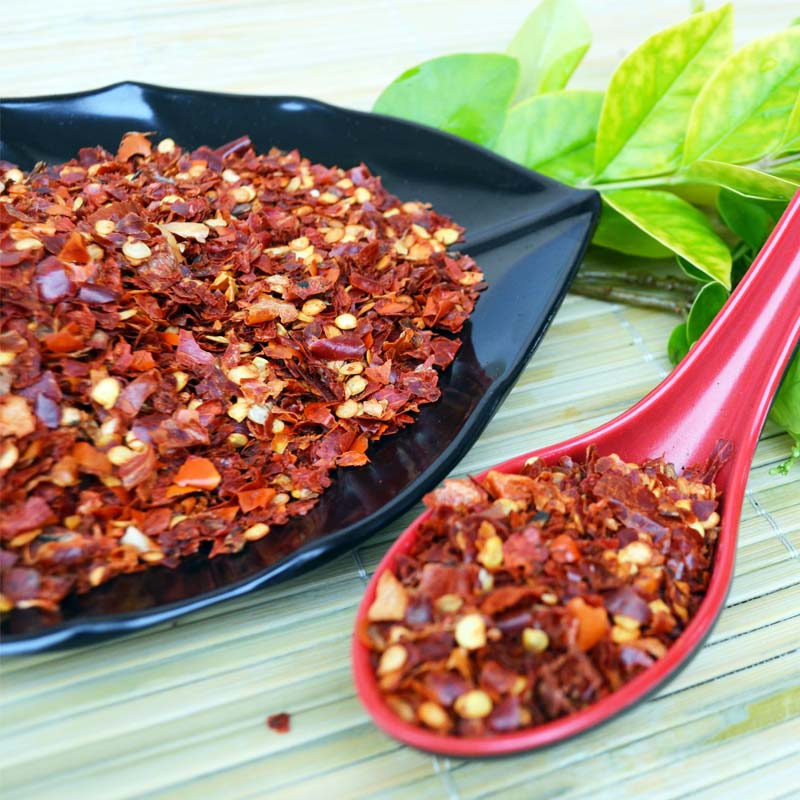- No. 268 Xianghe Street, Economic Development Zone of Xingtai city, Hebei 054001 China
- Byron@hbhongri.cn
fermenting dried chili peppers
Fermenting Dried Chili Peppers A Flavorful Journey
Fermenting dried chili peppers is an ancient practice that transforms the heat and flavor of these vibrant ingredients into something truly special. With origins in various cultures around the world, fermentation enhances the umami taste profile of chili peppers, creating layers of complexity that elevate culinary creations. This article will delve into the benefits, process, and various uses of fermented dried chili peppers.
The Benefits of Fermentation
Fermentation is a natural preservation method that not only extends the shelf life of food but also enriches it with beneficial probiotics. These microorganisms foster a healthy gut environment, aiding digestion and improving overall well-being. When applied to dried chili peppers, fermentation can mellow their heat while amplifying their flavor, resulting in a product that is rich in texture and taste.
Moreover, fermented chili peppers can offer unique nutritional benefits. The process breaks down complex compounds, making the nutrients more bioavailable and easier for our bodies to absorb. Additionally, this method may enhance certain health-promoting properties found in chilis, such as antioxidants and vitamins.
The Fermentation Process
Fermenting dried chili peppers is relatively simple and can be done at home. The first step is to select high-quality dried peppers, such as ancho, guajillo, or cayenne. It’s important to consider the desired heat level and flavor profile. Next, the peppers should be rehydrated by soaking them in warm water for about 20 to 30 minutes until they become pliable.
fermenting dried chili peppers

Once rehydrated, the peppers can be blended with other ingredients to create a paste or left whole, depending on your preference. Common additions include garlic, salt, and even fruits like mango or pineapple to balance the heat with sweetness. Salt is crucial in the fermentation process, as it inhibits the growth of unwanted bacteria while encouraging beneficial microorganisms.
After preparing the mixture, transfer it to a clean fermentation jar. It’s essential to leave some headspace at the top to allow for gas expansion during fermentation. Seal the jar with a lid or an airlock to protect the contents from contamination while allowing gases to escape. Place the jar in a cool, dark place, and let it sit for anywhere from several days to several weeks, depending on the desired tanginess.
Using Fermented Chili Peppers
Once fermentation is complete, you can use your fermented dried chili peppers in various culinary applications. They can be incorporated into sauces, salsas, and marinades to add depth and complexity. A spoonful of fermented chili paste can elevate a simple dish, offering a delightful zing to soups, stews, or grilled meats. Additionally, they can be blended into dressings or sprinkled over roasted vegetables for an extra kick.
Fermented chili peppers not only enhance the flavor of a dish but also provide a unique charm and character that is hard to replicate with fresh or dried chilis alone. Their versatility allows them to complement a range of cuisines—from Mexican to Asian—making them a staple for adventurous cooks.
Conclusion
Fermenting dried chili peppers is an exciting way to explore the world of flavors while also enjoying the numerous health benefits that fermentation offers. This traditional method allows you to create unique condiments rich in flavor and character that can transform everyday meals into extraordinary dining experiences. Whether you are a seasoned chef or a culinary novice, consider giving the fermentation process a try; your taste buds will thank you!
-
Turmeric Rhizome Powder: A Golden Treasure from Roots to TableNewsJul.28,2025
-
The Versatile Application Of Crushed Red Hot Peppers: Lighting Up The Red Flames On The Dining TableNewsJul.28,2025
-
The Paprika: A Touch Of Vibrant Red In Color, Flavor, And CultureNewsJul.28,2025
-
Ground Turmeric: A Modern Examination of an Ancient SpiceNewsJul.28,2025
-
Capsicum Liquid Extract: Features, Applications, and ChallengesNewsJul.28,2025
-
Application of Capsicum Liquid Extract in FoodNewsJul.28,2025







